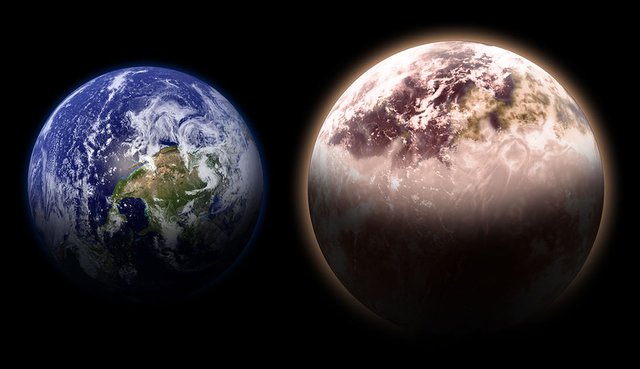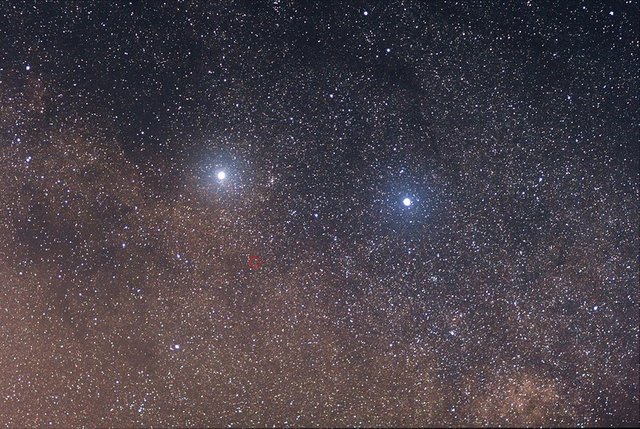Climate study of our closest neighbouring exoplanet - Proxima B
The planet, orbiting red dwarf Proxima Centauri - the smallest star of the Alpha Centauri triple system, was discovered in August 2016.This planet is at least 1.3 times larger than Earth and located in habitable zone, where potentially, may exist liquid water.

Image: supernovacondensate.net
The team of astrophysics and meteorology experts from the University of Exeter have undertaken new research to explore the potential climate of the planet, to estimate its potential to support life. This is not the first study - earlier efforts investigated what effects on planet's climate could have instability of Proxima - this red dwarf flares often.
Using Met Office Unified Model, which has been successfully used to study the Earth's climate for several decades, the team simulated the climate of Proxima B if it (1) were to have a similar atmospheric composition to our own Earth; and (2) simplified model, with atmosphere comprising of nitrogen with traces of carbon dioxide.
The results showed, that Proxima B could have the potential to be habitable. But there are too many unknowns still left. Dr Ian Boutle, lead author of the paper explained:
Our research team looked at a number of different scenarios for the planet's likely orbital configuration using a set of simulations. As well as examining how the climate would behave if the planet was 'tidally-locked' (where one day is the same length as one year), we also looked at how an orbit similar to Mercury, which rotates three times on its axis for every two orbits around the sun (a 3:2 resonance), would affect the environment.
The study showed, that in theory, both configurations (tidally locked and 3:2 resonance) could support favourable conditions for habitability. Additionally, scientists found that the expectation of an eccentric orbit could lead to a further increase in the "habitability" of this world, because planet could be cooled in apocentre.

Image: supernovacondensate.net - sizes comparisons
To prove these results and obtain exact data about Proxima B atmosphere, we have to wait several years, until new space telescope James Webb, set for launch in Oct 2018, will start its job. And for now, we can only stare at Alpha Centauri in Suthern Hemisphere sky and see this:

Image: Wikipedia - The two bright stars are (left) α Centauri and (right) β Centauri. The faint red star in the centre of the red circle is Proxima Centauri
The research is published in leading scientific journal, Astronomy & Astrophysics, on Tuesday, May 16th 2017
For further reading: https://supernovacondensate.net/2017/03/03/8-things-we-know-about-proxima-b/